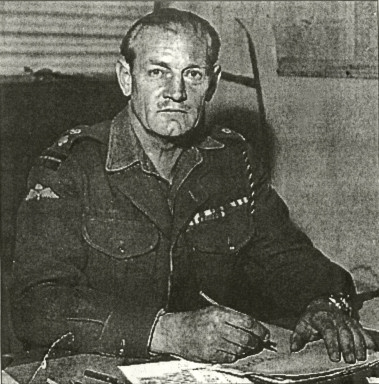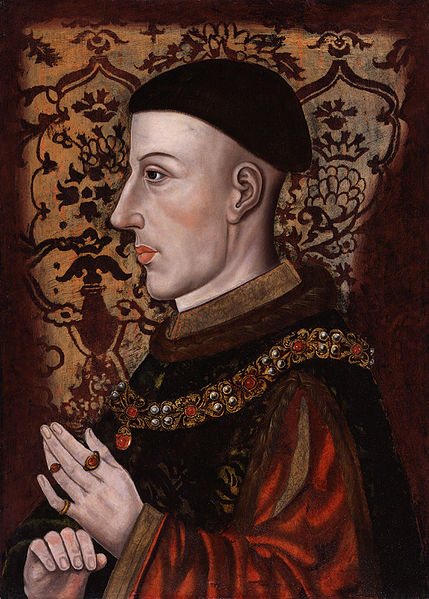 Longbows remained in use until around the 16th century, when advances in firearms made gunpowder weapons a significant factor in warfare and such units as arquebusiers
Longbows remained in use until around the 16th century, when advances in firearms made gunpowder weapons a significant factor in warfare and such units as arquebusiers andgrenadiers began appearing. Before the English Civil War, a pamphlet by William Neade entitled The Double-Armed Man advocated that soldiers be trained in both the longbow and pike; this advice was followed only by a few town militias. The last recorded use of bows in an English battle seems to have been a skirmish at Bridgnorth
andgrenadiers began appearing. Before the English Civil War, a pamphlet by William Neade entitled The Double-Armed Man advocated that soldiers be trained in both the longbow and pike; this advice was followed only by a few town militias. The last recorded use of bows in an English battle seems to have been a skirmish at Bridgnorth , in October 1642, during the Civil War.Longbowmen remained a feature of the Royalist Army,
, in October 1642, during the Civil War.Longbowmen remained a feature of the Royalist Army,  but were not used by the Roundheads. By the 19th Century skilled longbowmen had all but vanished. During theNapoleonic wars the Duke of Wellington asked for a corps of longbows to provide a force producing more rapid fire than guns could, which he considered would have been particularly devastating against the then unarmoured targets in his campaigns, but he was told that there were no longer any such skilled men in England.
but were not used by the Roundheads. By the 19th Century skilled longbowmen had all but vanished. During theNapoleonic wars the Duke of Wellington asked for a corps of longbows to provide a force producing more rapid fire than guns could, which he considered would have been particularly devastating against the then unarmoured targets in his campaigns, but he was told that there were no longer any such skilled men in England.Longbows have been in continuous production and use for sport and for hunting to the present day, but since 1642 they have been a minority interest, and very few have had the high draw weights of the medieval weapons. Other differences include the use of a stiffened non-bending centre section, rather than a continuous bend. Jack Churchill is the only soldier credited with a longbow kill during World War II The only way to remove an arrow cleanly was to tie a piece of cloth soaked in water to the end of it and push it through the victim's wound and out of the other side — this was extremely painful. There were specialised tools used in the medieval period to extract arrows from places where bone prevented the arrow being pushed through. Prince Hal, later Henry V,
The only way to remove an arrow cleanly was to tie a piece of cloth soaked in water to the end of it and push it through the victim's wound and out of the other side — this was extremely painful. There were specialised tools used in the medieval period to extract arrows from places where bone prevented the arrow being pushed through. Prince Hal, later Henry V, was wounded in the face by an arrow at the Battle of Shrewsbury (1403). The royal physician John Bradmore had such a tool made, which consisted of a pair of smooth tongs. Once carefully inserted into the socket of the arrowhead, the tongs screwed apart till they gripped its walls and allowed the head to be extracted from the wound. Prior to the extraction, the hole made by the arrow shaft had been widened by inserting larger and larger dowels of elder pith
was wounded in the face by an arrow at the Battle of Shrewsbury (1403). The royal physician John Bradmore had such a tool made, which consisted of a pair of smooth tongs. Once carefully inserted into the socket of the arrowhead, the tongs screwed apart till they gripped its walls and allowed the head to be extracted from the wound. Prior to the extraction, the hole made by the arrow shaft had been widened by inserting larger and larger dowels of elder pith  wrapped in linen down the entry wound. The dowels were soaked in honey, now known to haveantiseptic properties. The wound was then dressed with a poultice of barley and honey mixed in turpentine. After 20 days the wound was free of infection
wrapped in linen down the entry wound. The dowels were soaked in honey, now known to haveantiseptic properties. The wound was then dressed with a poultice of barley and honey mixed in turpentine. After 20 days the wound was free of infection
 The only way to remove an arrow cleanly was to tie a piece of cloth soaked in water to the end of it and push it through the victim's wound and out of the other side — this was extremely painful. There were specialised tools used in the medieval period to extract arrows from places where bone prevented the arrow being pushed through. Prince Hal, later Henry V,
The only way to remove an arrow cleanly was to tie a piece of cloth soaked in water to the end of it and push it through the victim's wound and out of the other side — this was extremely painful. There were specialised tools used in the medieval period to extract arrows from places where bone prevented the arrow being pushed through. Prince Hal, later Henry V, was wounded in the face by an arrow at the Battle of Shrewsbury (1403). The royal physician John Bradmore had such a tool made, which consisted of a pair of smooth tongs. Once carefully inserted into the socket of the arrowhead, the tongs screwed apart till they gripped its walls and allowed the head to be extracted from the wound. Prior to the extraction, the hole made by the arrow shaft had been widened by inserting larger and larger dowels of elder pith
was wounded in the face by an arrow at the Battle of Shrewsbury (1403). The royal physician John Bradmore had such a tool made, which consisted of a pair of smooth tongs. Once carefully inserted into the socket of the arrowhead, the tongs screwed apart till they gripped its walls and allowed the head to be extracted from the wound. Prior to the extraction, the hole made by the arrow shaft had been widened by inserting larger and larger dowels of elder pith  wrapped in linen down the entry wound. The dowels were soaked in honey, now known to haveantiseptic properties. The wound was then dressed with a poultice of barley and honey mixed in turpentine. After 20 days the wound was free of infection
wrapped in linen down the entry wound. The dowels were soaked in honey, now known to haveantiseptic properties. The wound was then dressed with a poultice of barley and honey mixed in turpentine. After 20 days the wound was free of infection
No comments:
Post a Comment